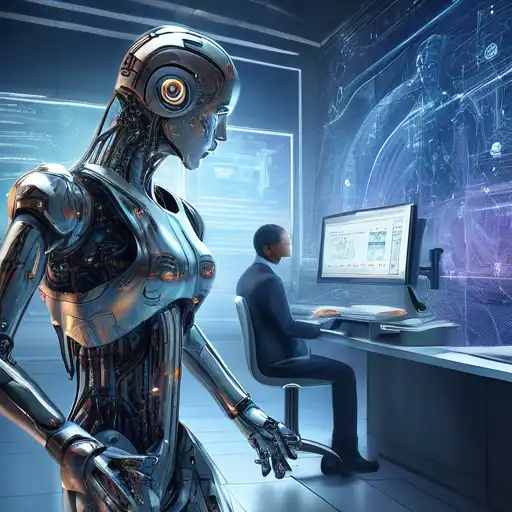Introduction to AI and Machine Learning
In the rapidly evolving world of technology, Artificial Intelligence (AI) and Machine Learning (ML) are two terms that often come up in discussions about the future of computing and automation. While they are closely related, they are not the same thing. This article aims to demystify these concepts and highlight the key differences between them.
What is Artificial Intelligence?
Artificial Intelligence is a broad field of computer science focused on creating systems capable of performing tasks that would normally require human intelligence. These tasks include problem-solving, recognizing speech, learning, planning, and understanding natural language. AI can be categorized into two types: narrow AI, which is designed to perform a narrow task (e.g., facial recognition or internet searches), and general AI, which can perform any intellectual task that a human can.
What is Machine Learning?
Machine Learning is a subset of AI that involves the development of algorithms that allow computers to learn from and make decisions based on data. Instead of being explicitly programmed to perform a task, ML systems use statistical techniques to learn patterns in data and improve their performance over time. ML is behind many of the services we use today, such as recommendation systems on Netflix and Amazon, and voice assistants like Siri and Alexa.
Key Differences Between AI and Machine Learning
While AI and ML are interconnected, there are several key differences that set them apart:
- Scope: AI has a broader scope, aiming to simulate human intelligence in machines, whereas ML focuses specifically on enabling machines to learn from data.
- Dependency: ML is dependent on data to learn and make decisions, while AI can be rule-based and not necessarily learn from data.
- Applications: AI applications range from robotics to natural language processing, while ML is more focused on predictive analytics and data mining.
How AI and Machine Learning Work Together
Despite their differences, AI and ML often work together to create intelligent systems. For example, an AI system might use ML to understand and predict user behavior, thereby improving its interactions with users. This synergy is what powers many of the advanced technologies we see today, from autonomous vehicles to smart home devices.
Future of AI and Machine Learning
The future of AI and ML is incredibly promising, with advancements in these fields expected to revolutionize industries such as healthcare, finance, and transportation. As these technologies continue to evolve, the line between AI and ML may blur further, leading to even more sophisticated and intelligent systems.
For those interested in diving deeper into the world of AI and ML, exploring data science and tech trends can provide valuable insights into how these technologies are shaping our future.
In conclusion, while AI and Machine Learning are often used interchangeably, they represent distinct concepts within the realm of computer science. Understanding the differences between them is crucial for anyone looking to navigate the future of technology.
